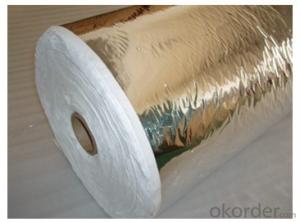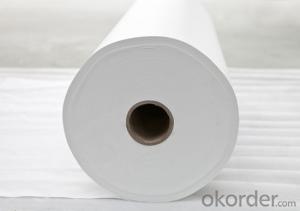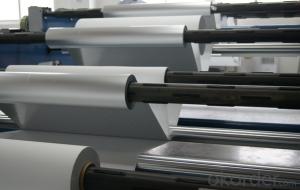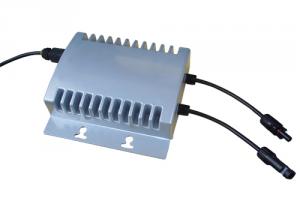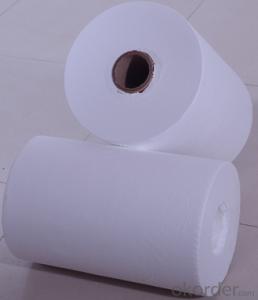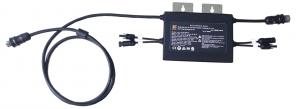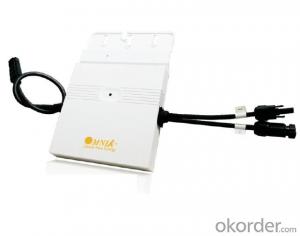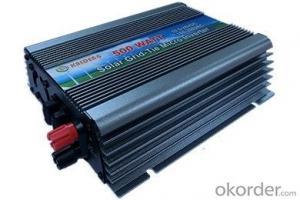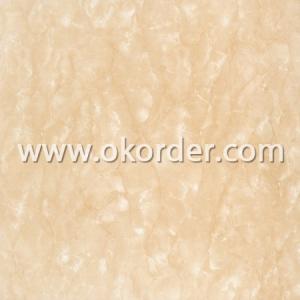Micro Solar Inverter
Micro Solar Inverter Related Searches
Cryogenic Pipe Insulation Fiberglass Wall Insulation 2 Inch Styrofoam Insulation Sheets R49 Fiberglass Insulation Home Insulation Contractors 4 Inch Styrofoam Insulation Indoor Window Insulation Melamine Coated Paper Fiberglass Roof Shingles Pe InsulationHot Searches
Type Of Inverter For Solar Types Of Inverter For Solar Used Solar Inverter For Sale Inverter Size For Solar System Solar Edge Inverter For Sale 5kw Solar Inverter For Sale Solar Inverter For Sale Solar Inverter For Battery Solar Inverter For Split Ac Solar Inverter For Laptop Solar Inverter For Fridge Solar With Inverter Price Solar Inverter With 2 Battery Solar Inverter Price In China Best Solar Inverter In China Solar Inverter Price In Dubai Solar Inverter Price In Uae Solar Inverter Price In Kenya Solar Inverter Price In Kerala Solar Hot Water Collectors For SaleMicro Solar Inverter Supplier & Manufacturer from China
Okorder.com is a professional Micro Solar Inverter supplier & manufacturer, offers integrated one-stop services including real-time quoting and online cargo tracking. We are funded by CNBM Group, a Fortune 500 enterprise and the largest Micro Solar Inverter firm in China.Hot Products
FAQ
- Yes, a solar inverter can be used in a multi-string configuration. A multi-string configuration refers to connecting multiple strings of solar panels to a single inverter. This setup allows for better utilization of the inverter's capacity and can accommodate larger solar installations.
- Yes, a solar inverter can be used with a solar-powered healthcare system. A solar inverter is responsible for converting the direct current (DC) generated by the solar panels into alternating current (AC) that can be used to power electrical equipment. Therefore, it is an essential component in any solar-powered system, including healthcare systems, to ensure the efficient and reliable operation of medical equipment.
- Yes, a solar inverter can be connected to a generator. This can be useful in situations where solar power is not sufficient or unavailable, allowing the generator to supplement the power supply.
- A solar inverter protects against overvoltage or overcurrent by continuously monitoring the voltage and current levels of the solar panels. If it detects an excessive voltage or current, it automatically disconnects the panels from the grid to prevent any damage. Additionally, the inverter may also have built-in protective devices like surge suppressors or fuses to further safeguard against overvoltage or overcurrent situations.
- A solar inverter is designed to handle variations in temperature by incorporating temperature sensors and thermal management systems. These sensors monitor the temperature of the inverter and its components, allowing it to adjust its operations accordingly. The inverter's thermal management system helps dissipate excess heat and prevent overheating, ensuring optimal performance and longevity. Additionally, advanced inverters may have temperature compensation algorithms that adjust the voltage and power output to compensate for the temperature changes, maximizing energy production.
- The role of a solar inverter in voltage control is to convert the direct current (DC) produced by solar panels into alternating current (AC) that is suitable for use in homes and businesses. Additionally, a solar inverter helps regulate and stabilize the voltage levels to ensure that the generated electricity matches the required voltage for the connected electrical appliances. This helps prevent overvoltage or undervoltage situations, ensuring a safe and efficient energy supply.
- The role of anti-islanding protection in a solar inverter is to ensure the safety of electrical grid workers by preventing the solar inverter from energizing the grid during a power outage. It is designed to detect grid failures and immediately disconnect the solar system from the grid, avoiding a potentially dangerous situation known as islanding. This protection feature helps maintain the stability and integrity of the electrical grid and protects both the grid workers and the solar system itself.


